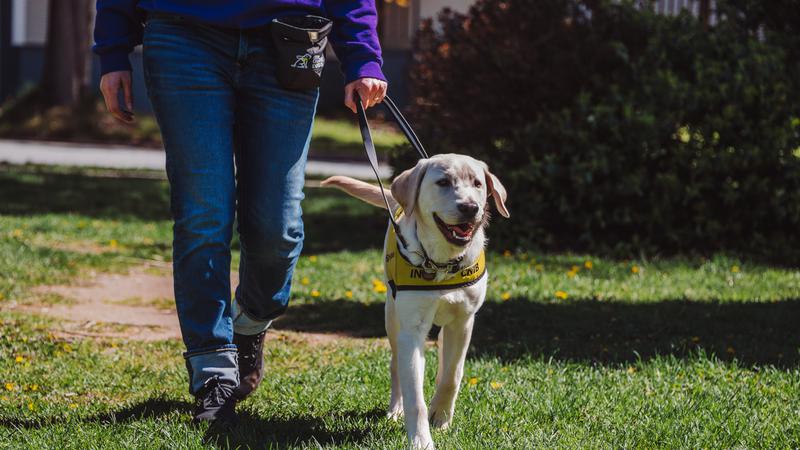
‘Egregious’ police tactics harming Black and Indigenous people: activist
Emerging evidence of violent police encounters shows some police tactics are “so egregious” that they’re doing more harm than any possible good, says a Canadian activist.
Sandy Hudson, a founder of Black Lives Matter Toronto, says escalating measures are being “used against Black people and Indigenous people.”
“It is not actually keeping us safe and, in some cases, endangering more of us,” says Hudson, also a law student at the University of California, Los Angeles.
“A lot of activists across North America are calling for the defunding of police because they often use excessive force that seems so egregious.”


